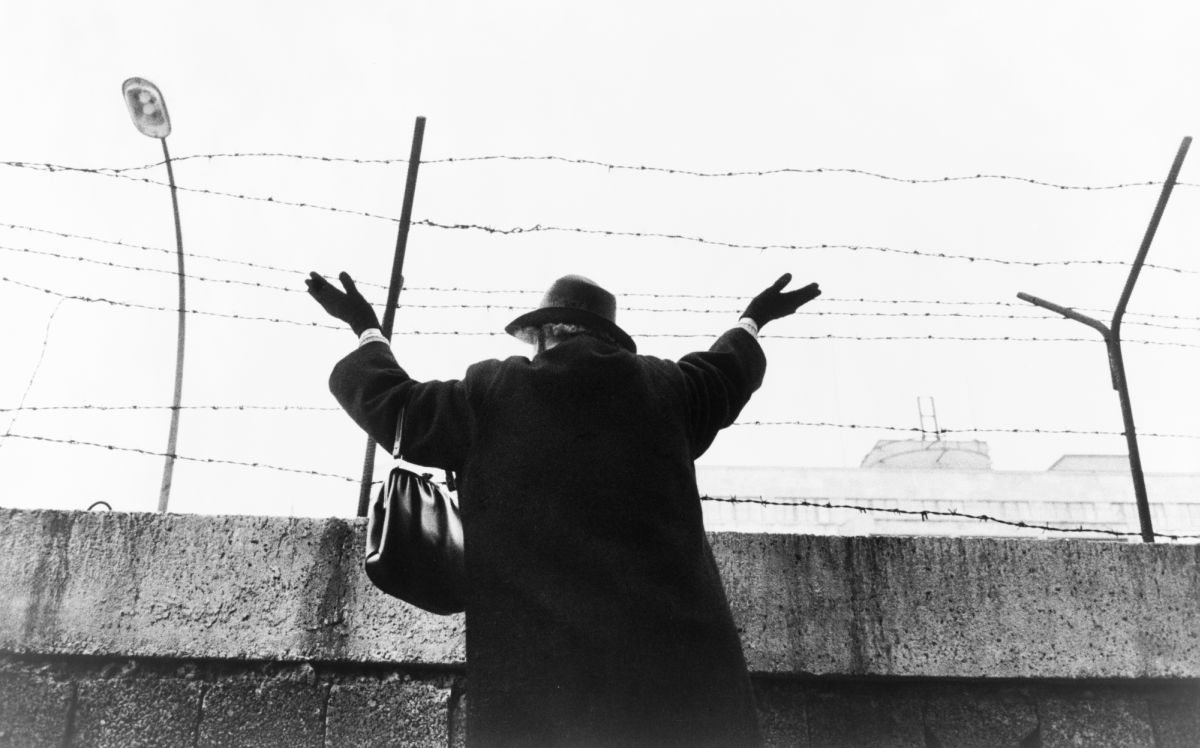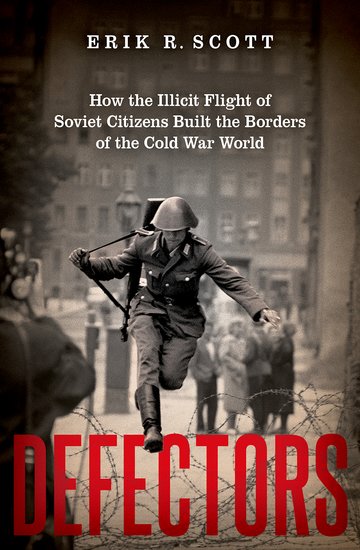Book exposes complex motivations of defectors during Cold War

LAWRENCE — The plight of defectors fleeing their hostile homelands captured the attention of the press, the public and even Hollywood during the Cold War. Yet according to a new book, the individuals at the center of these clashes were frequently misunderstood.

“It’s hard to get at the people themselves because their actions were read through a Cold War prism, so any active migration was seen as a political choice,” said Erik Scott, associate professor of history at the University of Kansas.
“But their motivations were often extremely complicated and contradictory, even as they helped in making state borders coincide with political and ideological boundaries.”
Scott’s “Defectors: How the Illicit Flight of Soviet Citizens Built the Borders of the Cold War World” examines how their unauthorized (and often treacherous) flight via land, sea and air gave shape to a globalized world. It charts the struggle over defectors that unfolded among rival intelligence agencies operating in the shadows of an occupied Europe, revealing an era when borders were far less stable than the notion of an “Iron Curtain” suggests. The book is published by Oxford University Press.
“There are a lot of different terms that describe migrants, and they all have very loaded meanings. But ‘defectors’ stands out as a term that exploded during the Cold War (1947-1991) and declined dramatically right after the Cold War’s end,” Scott said.
He defines a defector as someone who makes an unauthorized exit. This applies to people escaping from states that are preventing exit and/or people moving across borders who are criminalized fugitives. In contrast to an immigrant, the emphasis is on leaving rather than arriving.
“This gives the migrant a degree of celebrity status,” Scott said. “They sometimes get front page news coverage and a disproportionate amount of attention. They’re often seen as individuals instead of groups. But their motivations are scrutinized in all kinds of ways.”

The Boston native grew up at the end of the Cold War and recalls images of defectors hopping barbed-wire fences or hijacking passenger planes. He also remembers the popularity of 1980s movies such as “Moscow on the Hudson” and “White Nights,” in which Hollywood portrayed defectors as noble warriors fighting the system.
“The idea of a world of freedom versus captivity that was constructed by the way people’s movement was talked about was certainly burned into my consciousness,” Scott said.
The professor spent 10 years researching this topic. This took him to multiple countries (including Russia, Ukraine and Georgia) and 20 separate archives. Much of the material was gleaned from the declassified archives of the Soviet KGB and declassified files of the American CIA.
One of the most surprising things he learned was the sheer number of reasons people cited for defecting that had nothing to do with clear-cut ideological factors.
“Many different motivations were behind defection, from family problems to alcoholism,” he said. “But the way they were used for what the U.S. government called ‘defector exploitation’ definitely involved a narrative of people fleeing captivity. They were celebrated even for doing things that we would consider shocking today, like crashing their cars through borders or commandeering trains or hijacking airplanes. They got celebrated as heroes.”
However, the heyday of defection had little influence on how the United States ultimately shaped its approach to immigration.
“The legacy of defectors is not so much on U.S. policies towards defection; the legacy remains in the way that refugees are more broadly thought of as people who make political choices. The term notably excludes people who flee for economic reasons,” he said.
Scott has taught at KU since 2012 as an expert in Soviet and global history. He also serves as director of KU’s Center for Russian, East European & Eurasian Studies and is the editor of The Russian Review. He is fluent in Russian and Georgian.
“‘Defectors’ is important for anyone who wants to understand the restrictions placed on people’s movement throughout the world that really were set in place during the Cold War,” Scott said.
“Despite the fall of the Berlin Wall and the end of Soviet exit restrictions, the drawing of borders in places where there never were borders before – around embassies, at sea and in the air – and the cementing of this concept of what it meant to be refugee remains with us and affects people’s lives in terms of who can and cannot move freely.”
Photo: Standing at the west sector of the Berlin Wall, a woman waves at her East Berlin friends and relatives in 1961. Credit: Wikimedia Commons